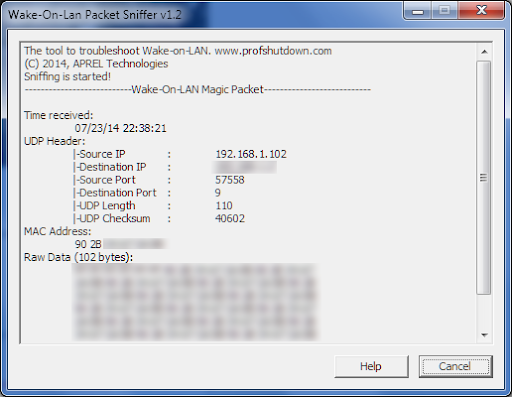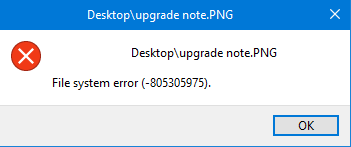
NO extra browsers like Chrome or Mozilla, free software, printers, nothing.

At this point make a full backup, and save it in a safe place. Your best software choice is to wipe the disk, then reinstall windows 7 from your Windows disk, apply the zillions of updates, and then see where you are. Maybe not for you with your very unique mishmash of hardware/software. Newer versions of things with extra features require more horsepower than the box really has, but the vendor has gotten it to run on old hardware so says it is fine. One other factor - ancient cpus, buses, and disks with really slow throughput generally clog up with new software bloat and slow down. There is an almost infinite set of combinations of software, hardware, specific patches, and extra added crap from the internet that accidentally got put on the system. Hardware is like the example above - older hardware with newer drivers or the other way around newer hardware older drivers. Some system calls are "subverted" in patches because of security concerns later on.

You have updated your antimalware, but some of its base code may be written in system primitives (NT libraries). Browser helpers may have been written for IE 10 and you are now running IE 11. Some programs were actually written for previous Windows versions - like Vista. The machine is five years old and is Windoze 7. Suppose you have eight or ten applications - programs - on your machine. Anything good is the result of random chance.Ī simple example on the software side, the same applies with hardware. If you take a systems approach, diagnosing any of this stuff by remote control is utterly doomed to complete failure.


 0 kommentar(er)
0 kommentar(er)
